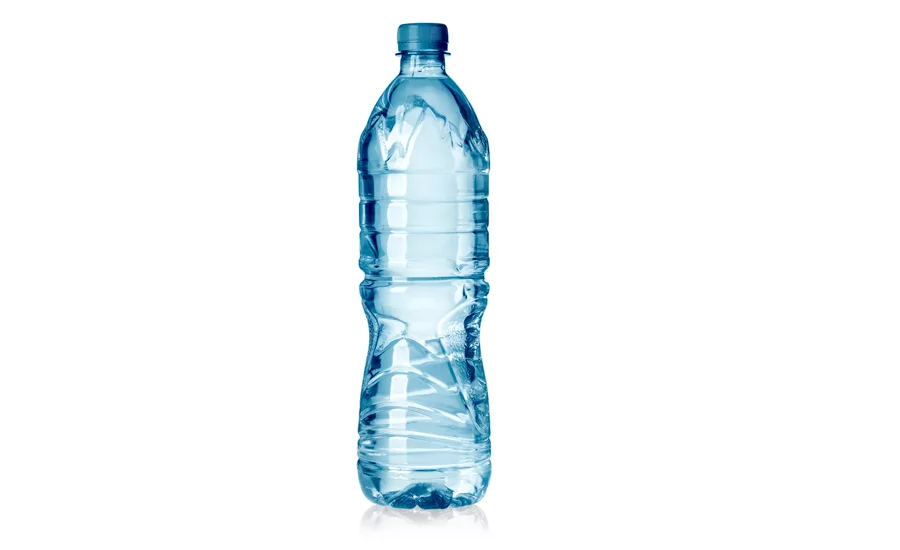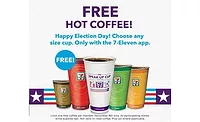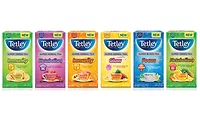Drug stores focus on front-end sales
Consumables, including beverages, driving growth

With more consumers using click-and-collect models and home delivery for prescription medications, eCommerce continued to drive double-digit growth in the non-traditional drug store channel, which generated $264.5 billion in sales, a $14.3 billion profit and a 1.4 percent growth rate from 2010-2015, according to IBISWorld’s December 2015 report titled “Pharmacies & Drug Stores in the US.”
The Santa Monica, Calif.-based market research firm notes that 51.5 percent of the channel is comprised of branded prescription drugs, followed by generic drugs at 20.2 percent; nonprescription medications comprised 5.1 percent of dollar share, while groceries and food items accounted for 4 percent.
The non-traditional grocery channel, which includes wholesale clubs, supercenter/mass merchandisers and drug stores, saw a slight 2.7 percent uptick and $453.7 billion in sales, largely driven by wholesale club stores like BJ’s, Costco and Sam’s Club — with $102.1 billion in sales, a 3.6 percent increase — commanding the lion’s share of sales from grocery and consumable products, notes Willard Bishop’s June 2015 report titled “The Future of Food Retailing.”
Although sales in the non-traditional grocery channel grew slightly — despite losing nearly half a percent in dollar share — sales in drug stores declined by 0.3 percent, according to the Barrington, Ill.-based market research firm.
“Food and consumable product sales in drug stores decreased slightly by 0.3 percent to $61.1 billion and market share decreased slightly to 5.2 percent,” the report notes.
However, New York-based Kantar Worldpanel US’ Client Manager of Consumer Insights Lauren Masotti says that consumers are beginning to shop around more for their beverages — no longer limiting themselves to one traditional channel.
“Outlets like discounters, convenience and drug stores are growing in importance,” she says. “There has been an increase of over 1 million weekly consumers drinking beverages that were purchased from a drug store versus 2012. Over 23 million consumers are currently drinking beverages from drug stores.”
Masotti notes that drug store consumers typically are between 13 and 24 years old, and 40 percent are multicultural, either African Americans or acculturated Hispanics. Geographically, these consumers are more likely to reside in the Northeast region.
Additionally, consumers are more likely to purchase single-serve, ready-to-drink (RTD) iced tea, carbonated soft drinks, bottled water, energy drinks and white milk from a drug store. “Bottled water ranks No. 1 with 30 percent share of beverage occasions purchased from a drug store,” Masotti says. “We see an increase of needs like taste, replenishment and purification being fulfilled.”
Walgreens Co. is the market share leader in the drug store channel at 32.2 percent. CVS Caremark Corp. follows at 23.3 percent and Rite Aid Corp. rounds out the Top 3 at 10.1 percent, according to the IBISWorld report. Among the 23,444 drug stores in the United States, Willard Bishop’s report estimated an average of 19,000 SKUs are in circulation, which generated $61.08 million in sales in 2014. It also predicts those numbers will grow to 24,393 drug stores amassing $66.35 million in sales in 2019.
Although CVS experienced same-store sales declines of 4 percent in 2015, it announced plans to purchase Target Corp.’s in-store pharmacies. “This will allow Target to increase focus in the areas of on-demand shopping and innovation, while CVS re-brands Target’s existing in-store pharmacies under the CVS MinuteClinic banner,” the Willard Bishop report notes.
The grocery and drug channels are losing share to competing channels, according to Chicago-based Information Resources Inc.’s (IRI) Susan Viamari, vice president of thought leadership. However, she points out that across consumer packaged goods (CPG), share trends can vary drastically across consumer segments and channels.
“The drug channel, for instance, wins disproportionate share of spending from Hispanic shoppers — a segment that spends heavily on beauty and personal care products,” she says. “But, this segment also tends to have [a] large household size, which, coupled with prolonged economic pressures and strong propensity to spend at Wal-Mart, is hastening shifts in spending to mass/super and club channels.”
Organic opportunity
Although the sale of prescription and nonprescription medicines accounts for 76.8 percent of total revenue in drug stores, IBISWorld reports that health and beauty items, toiletries and consumable goods along with basic health and photo-processing services directly appeal to walk-in consumers.
“Drug stores have increasingly incorporated higher margin products and services, such as cosmetics, grocery and photocopying services,” the report states. “Additionally, with revenue increasing 20 percent a year on average, according to Business Wire, the natural and organic market is one of the most opportune categories for pharmacies and drug stores. … Competition in this industry is high and the trend is increasing.”
Healthcare reform and an aging population will spur future drug store growth, with IBISWorld predicting an annual growth rate of 5.3 percent from 2015-2020. On-the-go consumers also will help the channel in the beverage space, Kantar Worldpanel’s Masotti says.
“As drug stores continue to offer consumers more and more categories, giving them a ‘one-stop shop,’ they will continue to grow,” she says. “Specifically, this type of offering can gain incremental occasions from consumers that are on-the-go and looking for a single-serve beverage.”
Looking for a reprint of this article?
From high-res PDFs to custom plaques, order your copy today!




